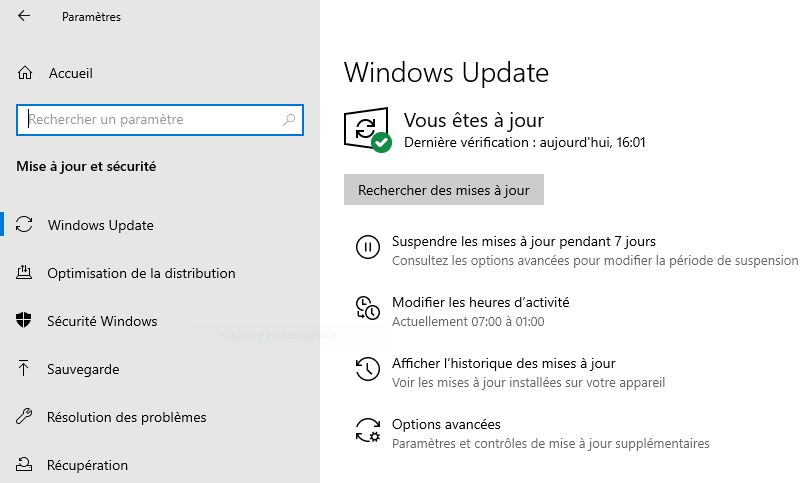
-
Install the necessary driver
- Click on “Search for updates”.

- A new section named “Show optional updates” should appear. Click on it.
The Easy Installer is a software that will guide you as you flash /e/OS on your phone all by yourself. Unfortunately, you can’t just plug in your phone and wait until the process is done. There is always some manual action required. The Easy Installer will tell you what and when you have to do something. For example: pressing one or several physical buttons, taping on some buttons, enabling options, rebooting your phone, etc.
It will also perform commands in the background that you would otherwise have to run yourself.
Within a shell…(you know, this scary black screen window where geeks write strange things :computer:)
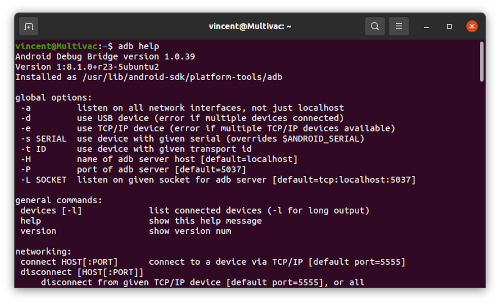
In addition, it will download source files and check their integrity.
Please do not rush, and read all the instructions carefully. They aren’t perfect yet, and are still being improved.
This is a complicated subject, but you have to know that there isn’t one single driver that works for everything.
A driver is a piece of software that allows your Windows computer to communicate with a plugged phone. There are drivers for your screen, mouse, keyboard, printer, gamepad, smartphone, etc. Unfortunately, some drivers are hard to find and don’t work with all smartphone modes.
Go to Windows Update
SettingsUpdate and Security
Install the necessary driver
Search for updates
A new section named Show optional updates should appear. Click on it.
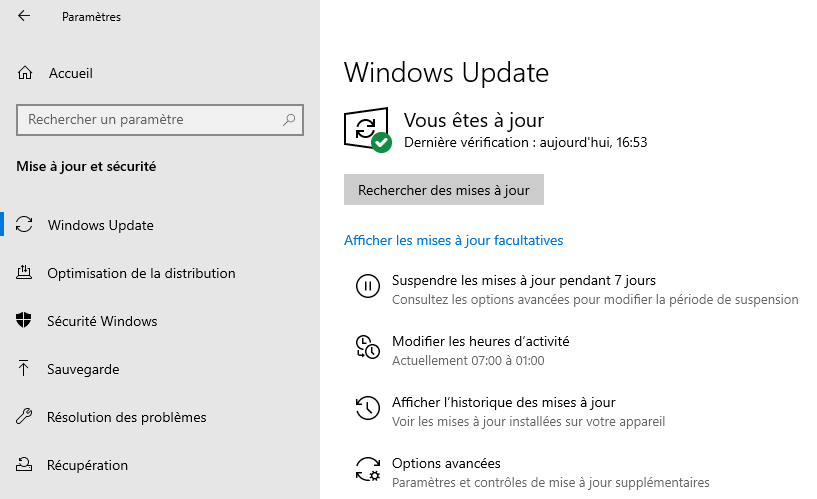
Click on Driver updates to display the list.
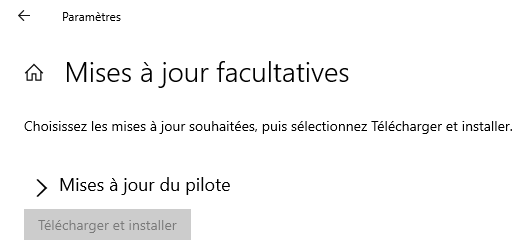
Select the driver named Google, Inc. - Other hardware - Android Bootloader Interface and click on Download and install.
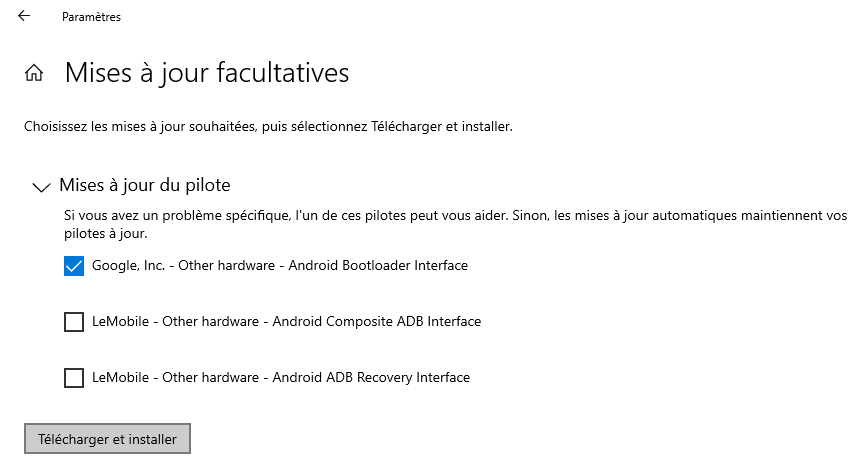
If the previous solution does not work, you can try this one:

Install the necessary driver

For Samsung phone, there is a external tool called “wdi-simple.exe” provided with easy-installer. It will be called during the process when required and install the driver your need to work with heimdall.
For curious, this tool is our build of libwdi project.
Information is coming… Meanwhile you can try same procedure as for GS290
The Easy Installer communicates with your phone thanks to a tool called ADB (Android Debug Bridge). When you use it for the first time, on a specific computer, a prompt message is displayed on your phone.
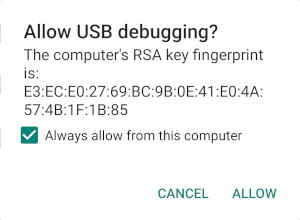
If you’re on a trusted computer, you should also tick the checkbox to always allow connections between the computer and the device. If you do not tick the checkbox, you will have to accept it again next time. You must accept this message by clicking on the “Allow” button.
If you clicked on the cancel button, then your phone can’t communicate with your PC. Just unplug then replug your phone, the message will show up again.
You should try to use a different USB cable. Only use a cable that allows data transfer. Some cables are only meant for battery charging. USB cables are the source of many issues, because they’re often not made to last.
If any of the above solutions worked, you should try with another computer
Check that “images” server is available. If server is unavailable, please try again later.
Click on the restart button displayed, then the downloading will restart from where it stopped. The sources server has a timeout set to 1 hours. Consequently, if your connection is slow, it might stop before the end.
Pictures are here to help but there aren’t the main content. If you must choose, please follow the text intructions.
You’ll find help from the community forum
Help to improve instruction by making suggestion, translating or providing screenshots of your phone would be appreciate a lot!
At the moment, you can only get the stable build, but this is definitively a feature we’d like to add.
Easy-installer use your computer’s language. If this language isn’t supported, it will use english by default.
Easy-installer supports (partially sometimes) the following languages:
We don’t have all the card in hand yet, but we’re investigating into this issue to bring a solution as soon as possible. Please share logs with us, and join this discussion on our community forum.
The Samsung process to enable to activate “oem unlock” option in developer settings is quite complicated because they want to block the bootloader. Consequently, you won’t find official documentation about it.
However, you can find many links on internet on how to enable the “OEM unlock” option.
Community members also suggested:
There is a “special” step during the process for Samsung phones. After the recovery is installed, you’ll have to leave the download mode (by pressing continuously on “Power”+”volume down”). As soon as the screen become black (like an off device) you must immediatly start into recovery (by pressing continuously on “Power”+”volume up”+”bixby”/”home”). Our tip is to only move the finger from the volume button. The manipulation is a little tricky but not impossible.
Note: We know that there is no warning about it yet, but we’ll add it in future release.
You can find more information on the community forum :
Your smartphone must have the latest version of Fairphone OS to make the oem unlock code to work. If you are still unable to unlock your Fairphone, please contact Fairphone directly
We developed the Easy-installer on Ubuntu (20.04) and Windows (10). It should work without any issue on Windows 7, 8, 10, Ubuntu, ElementaryOS and Linux Mint.
You will be able to install, but you won’t get a shorcut in your non-admin account.
You have some knowledge in NSIS (tools to create windows installer)? Feel free to give us an hand at
The installer creates a log file with a randomly generated name (e.g. 45761d08-711f-435a-881d-a236949654bb.log) that might contain useful information if something doesn’t work as expected.
Location of the log file:
If the log is too large even to be pasted and you already have an Murena account, you can ZIP the log and upload it to your Murena account cloud storage.
The Easy Installer requires drivers to be installed on Windows OS for device detection. You can download vendor specific drivers here. For Google Nexus devices check this guide. Please note both are external links.
If you don’t find an answer to your question, a solution to your issue, please contact the community support. You can also check on the community forum or directly ask for help there.
You should also check this page which contains many hints.